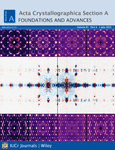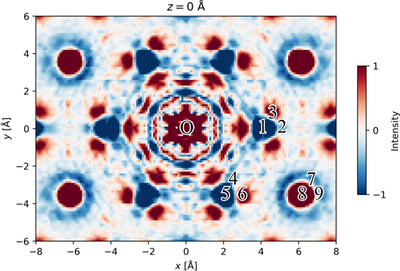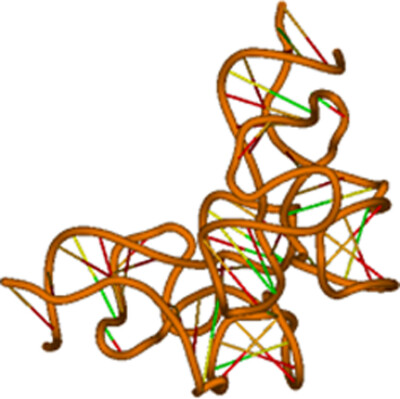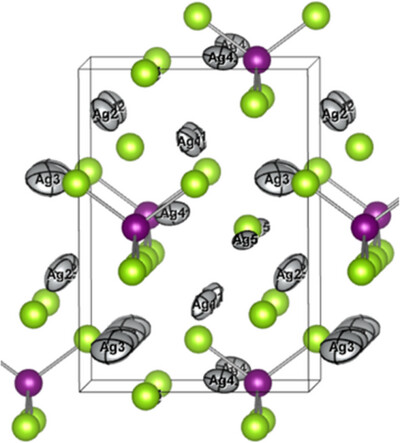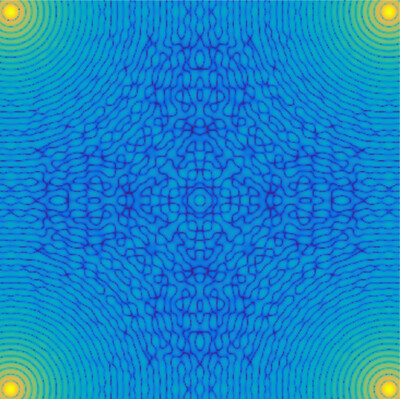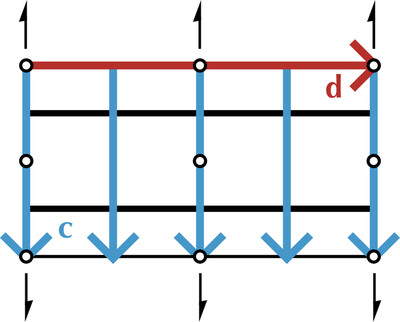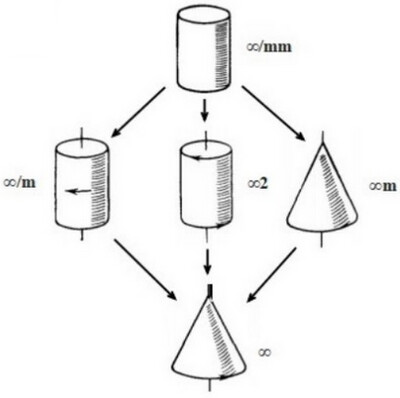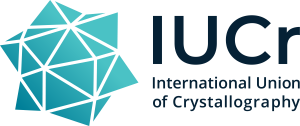Journal list menu
Export Citations
Download PDFs
scientific commentaries
Phase seeding may provide a gateway to structure solution by deep learning
- Pages: 251-253
- First Published: 10 June 2025
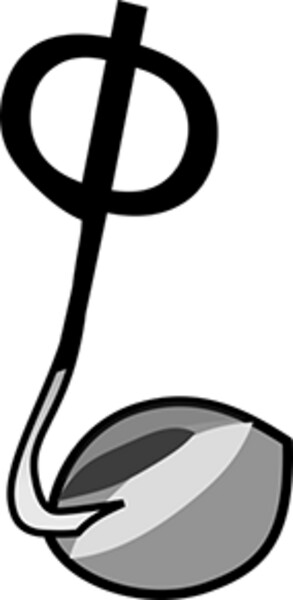
Carrozzini et al. [(2025), Acta Cryst. A81, 188–201] propose a hybrid phasing strategy where coarse phase estimates for a subset of strong reflections – potentially ML-derived – serve as seeds for dual-space ab initio methods. This can enhance structure solution for large non-centrosymmetric systems.
research papers
Benchmarking 3D-ΔPDF analysis using in-house X-ray sources
- Pages: 254-268
- First Published: 19 May 2025
Updating direct methods III. Reduction of structural complexity when first-rank semi-invariants are estimated via the Patterson map
- Pages: 269-278
- First Published: 22 May 2025
Direct derivation of anisotropic atomic displacement parameters from molecular dynamics simulations in extended solids with substitutional disorder using a neural network potential
- Pages: 279-293
- First Published: 13 June 2025
Double-slit X-ray dynamical diffraction in elastically deformed crystals
- Pages: 294-305
- First Published: 22 May 2025
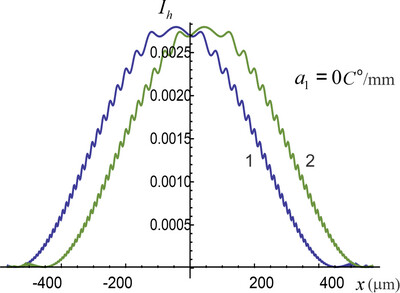
The double-slit Laue symmetrical case dynamical diffraction of X-rays in a crystal influenced by a constant temperature gradient is investigated. The dynamical diffraction double-slit interference fringes are formed; for the period of the fringes an expression is obtained, which depends on the modulus of the temperature gradient and is polarization sensitive.
Refuting `a new theory for X-ray diffraction' – a reciprocal-space approach
- Pages: 306-316
- First Published: 27 May 2025
Crystal tensor properties of magnetic materials with and without spin–orbit coupling. Application of spin point groups as approximate symmetries
- Pages: 317-338
- First Published: 10 June 2025
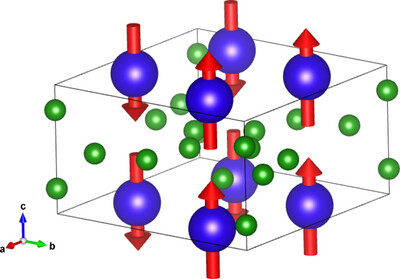
We have studied the constraints that the spin group symmetry imposes on the most important crystal tensors, on the basis of a generalization of the Neumann principle to spin point groups. Some examples of real materials are presented, and their tensor forms under the spin and magnetic point groups are compared.




